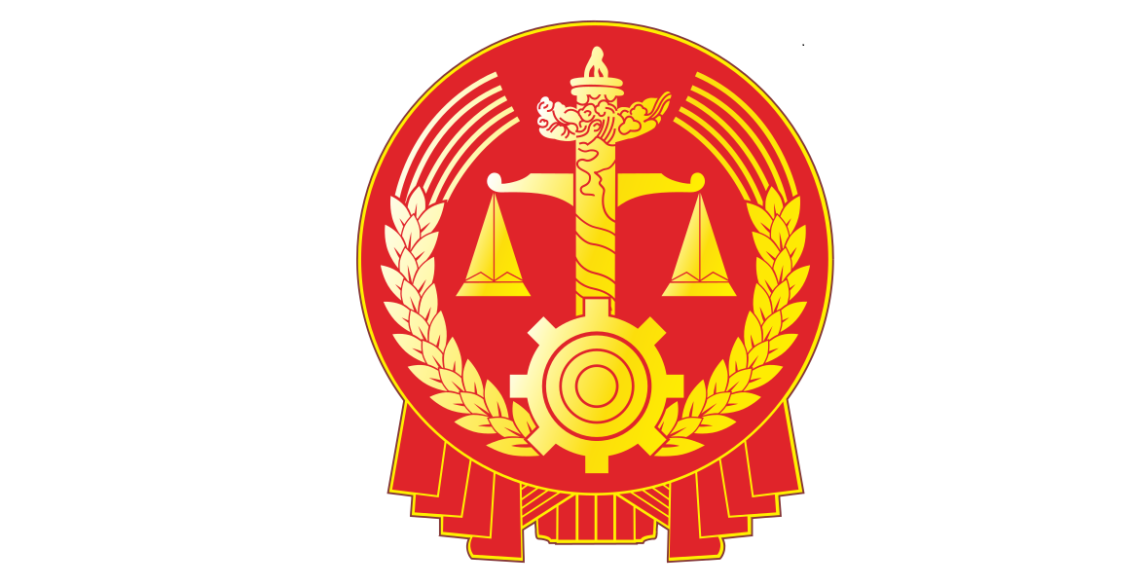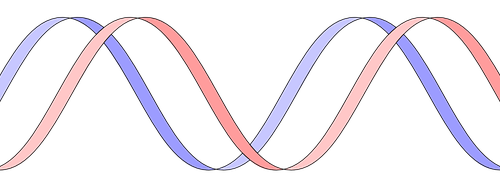The Supreme People’s Court has just issued draft regulations for comment regarding how new Article 76 will work in conjunction with civil procedure law. The period to submit comments ends December 14, 2020, and the final version will come into force June 1, 2021, together with the new Chinese Patent Law.
The Backdrop: New Chinese Patent Law Adds Patent Linkage (Article 76) Linking Drug Approval to a “Clear” Patent Position
In October of 2020 China passed the 4th amendment of the patent law which ushered in some sweeping changes in certain areas that are especially exciting for life science companies. One of the most important changes is the introduction of patent linkage – linking the marketing approval of new drugs to a positive patent non-infringement position.
Article 76 of the newly amended Chinese Patent Law lays out basic provisions of how patent linkage will work. Owners of patents listed in the Chinese Marketed Drug Patent Information Registration Platform[1] (“China Orange Book”) or other interested parties[2] can sue potential infringers applying for marketing approval of new drugs, requesting the court to make a judgment on potential patent infringement. This is similar to an ANDA litigation in the US. Similarly, drug marketing approval applicants (“Applicants”), interested parties, or patentees can also request an administrative ruling on the dispute over an issued patent related to the drugs for which marketing approval is sought, e.g., requesting a judgment on whether a drug falls within the scope of a patent.
Below, we’ve summarized some of the key points from the Supreme Court’s draft regulations regarding the civil procedure around Article 76. In general, the draft regulations are quite logical and provide some clarity on how this new type of litigation will work. Notably, the Beijing IP Court will handle these first-instance civil cases. The draft regulations also provide insight into the basic necessary requirements for this type of litigation. If the litigation cannot be resolved before drug approval, the patentee can still sue the potential infringer even after drug approval. However, at that point drug approval is not linked (i.e. contingent upon) the patent status, and the China’s National Medical Products Administration (NMPA, formerly the CFDA) will not withdraw approval. Finally, the rules highlight potential punishments that could result if parties abuse the system and file frivolous lawsuits to bully others.
Requirements for Bringing a Lawsuit
Under the rules of Civil Procedure in China, anyone bringing a lawsuit must provide reasonable grounds. For these “ANDA”-like litigations, a plaintiff (e.g., an Applicant) must provide the following information:
- Information of the related patent from the China Orange Book (“Related Patent”)
- Information of the drug for which market approval is sought at the NMPA (“New Drug”) and a Declaration[3] that it does not fall within the scope of the Related Patent published on the Information Registration Platform of National Drug Evaluation Agency[4]
- Preliminary evidence (e.g., technical data) showing whether the New Drug falls within the scope of the Related Patent
The court shall not accept claims made relying on patents which cannot be listed in the China Orange Book (e.g., process patents). Even if the claim was previously accepted, it will not be included in the trial stage.
Additional plaintiffs may sue under the same patent, and the court may combine cases and conduct joint trials. Third party participants in compliance with the relevant provisions of the Civil Procedure Law are also allowed.
Ways to Stay or Conclude a Lawsuit
The court shall not stay a litigation because of a concurrent pending patent invalidation. However, if the patent is ultimately declared invalid by CNIPA (The Chinese Patent Office), the court can use that information to make a final judgment (e.g., ruling that the New Drug does not fall within the scope of the Related Patent).
If the plaintiff claims a valid prior art defense, a statutory reason that results in a judgment of no infringement, or other factor that clearly invalidates the patent at issue, the court may reject the patentee’s litigation request and instead confirm that the New Drug does not fall within the scope of the Related Patent, thus concluding the lawsuit.
During Litigation: Injunctions, Confidentiality, and Criminal Liability
During the litigation, the patentee may apply for an injunction on activities such as manufacturing, use, sale, offer to sell, or importation of the drug product for business purposes within the validity period of the patent, provided that the patentee provides a guaranty. This way, if the patentee ultimate loses the lawsuit, the New Drug company is entitled to damages resulting from the delay caused by the injunction.
The parties must maintain confidentiality of trade secrets obtained during litigation, and they will bear civil liabilities if they don’t comply, and will be held criminally responsible if action constitutes a crime.
Typically speaking, the court will determine infringement based on whether the New Drug falls within the scope of the issued claims in the Related Patent. However, if the technical data submitted to the IP Court is inconsistent with technical data submitted to the NMPA and it would affect the trial results, the IP Court may follow Article 111 of the Civil Procedure Law on a case-by-case basis to rule for punishments. In some cases, this means that the People’s Court may fine, detain, or hold infringers criminal responsible depending on the seriousness of the actions.
If the court determines the New Drug falls within the scope of the issued claims in the Related Patent, the patent owner or the interested parties can bring a separate infringement lawsuit and the previous court’s judgment can be used directly.
If the court hands down a judgment of infringement after NMPA approves the New Drug, the patentee can still file a patent infringement lawsuit against the company marketing and manufacturing the New Drug.
If the patentee or interested party abuse the court system (e.g., filing frivolous lawsuits to intimidate and then withdrawing them), the New Drug applicant can still sue for compensation for damages in the Beijing IP Court.
Eagle Thoughts
In general, the procedures are quite reasonable and overall seem logical. It is worth noting that the Chinese drug patent linkage system maintains a parallel system including both administrative and judicial procedural paths. Unlike in other jurisdictions, the Chinese IP system has long relied on administrative procedures for addressing certain types of patent disputes.
All in all, we are thrilled to see many of these draft provisions coming out one after another. June 2021 is just around the corner, and the implementation of this new Fourth Amendment of the Chinese Patent Law will dramatically change the landscape and business calculation for foreign companies, especially foreign drug companies, as they consider how aggressively to build their patent portfolios in China.
About the Authors

Jennifer Che, J.D. is Vice President and Principal at Eagle IP, a Boutique Patent Firm with offices in Hong Kong, Shenzhen, and Macau.

Sally Yu is a Chinese Patent Attorney at Eagle IP, a Boutique Patent Firm with offices in Hong Kong, Shenzhen, and Macau.
- 中国上市药品专利信息登记平台 List of patents associated with marketed drugs ↑
- Interested parties are defined as patent licensees or registered drug marketing authority holders. ↑
- There are four categories of certifications that a marketing approval applicant can make. These are described in more detail in the draft set of measures set out by CNIPA and NMPA, summarized in this article ↑
- 国家药品审评机构信息平台 List of drugs that are being evaluated by the National Drug Evaluation Agency ↑
This article is for general informational purposes only and should not be considered legal advice or a legal opinion on a specific set of facts.





